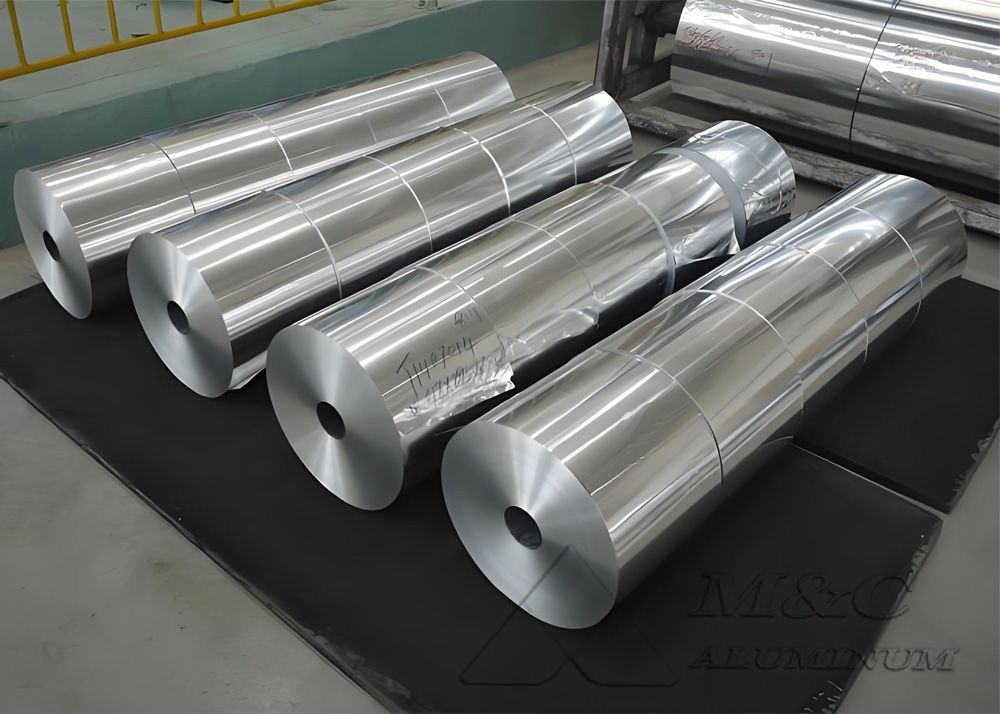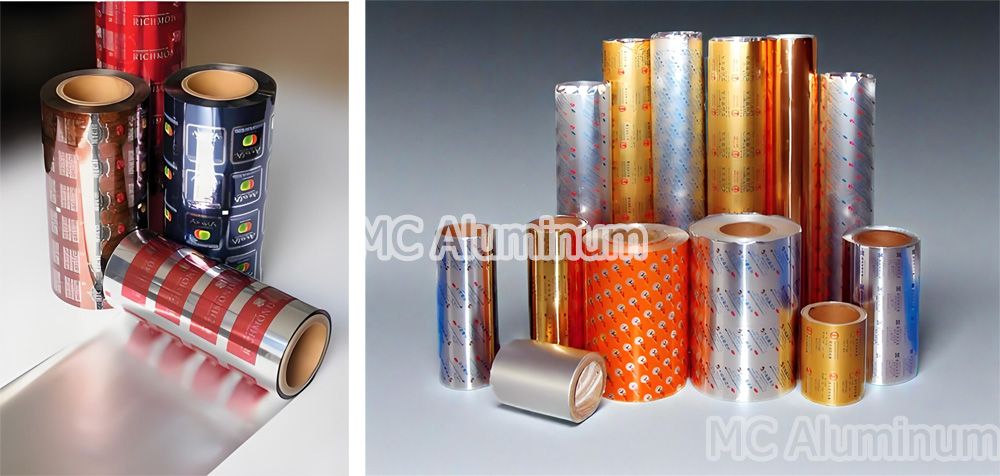Aluminum foil has become one of the core materials in pharmaceutical packaging due to its excellent barrier properties, lightweight nature, and eco-friendly characteristics. In medical packaging, alloys from the 8000 series (such as 8011 and 8021) are commonly used. In addition, 1235 aluminum foil from the 1000 series is also widely applied in pharmaceutical packaging.
What is 1235 Aluminum Foil?
1235 aluminum foil belongs to the 1xxx series of pure aluminum alloys, with an aluminum content of 99.35% or higher. This high purity ensures material safety for pharmaceutical use, preventing drug deterioration caused by metal migration.
It offers excellent moisture-proof, light-shielding, and sealing properties. Common tempers include O (soft) and H18 (hard), with thickness typically ranging from 0.006 mm to 0.05 mm. 1235 foil is widely used in pharmaceuticals, food, and high-end daily chemical packaging.

Why Choose 1235 Aluminum Foil for Pharmaceutical Packaging?
1. Outstanding Barrier Properties
1235 aluminum foil provides excellent resistance to moisture, oxygen, light, and odors, effectively preventing drugs from losing potency due to dampness, oxidation, or light exposure. Compared to plastic or paper-based materials, aluminum foil is almost irreplaceable in terms of environmental isolation.
2. Excellent Formability and Laminating Performance
Pharmaceutical packaging often requires aluminum foil to be laminated with PVC, PVDC, or PTP coatings. 1235 foil has a smooth, pinhole-free surface with good printability and lamination compatibility, making it suitable for heat sealing, blister forming, and printing processes.
3. Ensures Drug Safety and Hygiene
1235 aluminum foil is clean, oil-free, and impurity-free, fully meeting pharmaceutical-grade packaging standards. It does not chemically react with drugs, ensuring safety during storage and transport. It also complies with GMP and FDA safety certification requirements.
4. Lightweight and Recyclable
As a lightweight material, 1235 foil reduces packaging weight and lowers transportation costs. More importantly, it is highly recyclable, making it more environmentally friendly than disposable plastics-aligning with the trend of sustainable pharmaceutical packaging.
5. Superior Processing Performance
Whether used in high-speed blister forming (Blister Packs) or strip sealing packaging, 1235 aluminum foil maintains good ductility and toughness, minimizing the risk of cracks or breakage and ensuring packaging integrity.
Common Forms and Applications of 1235 Aluminum Foil
Pharmaceutical blister packs (PTP foil): The most common drug packaging format, usually consisting of rigid PVC (or other materials) and 1235 aluminum foil. The medicine is sealed in blister cavities, with aluminum foil serving as the lidding material that can be easily peeled or pressed open. 1235 foil’s softness, easy tearability, and printability make it highly suitable for this application.
Aluminum-plastic composite bags: Used for bulk tablets, herbal powders, and APIs (active pharmaceutical ingredients). The typical structure is PET / Aluminum foil / PE, where PET provides strength and printability, aluminum foil ensures barrier properties, and PE provides heat-sealing.
Bag and bottle seals: Suitable for sealing herbal medicines and powders to prevent moisture and spoilage.

Comparison with Other Aluminum Foils
Versus 8011 aluminum foil: 8011 offers higher strength, but 1235 has higher purity, better ductility, and superior processing performance—making it more suitable for blister packaging that requires forming and laminating.
Versus 8021 aluminum foil: 8021 is also commonly used in pharmaceutical packaging. The differences lie mainly in strength, elongation, and deep-drawing performance depending on the specific application.
Versus plastic packaging: 1235 aluminum foil provides far better barrier properties, effectively preventing drug deterioration caused by moisture or light exposure.

